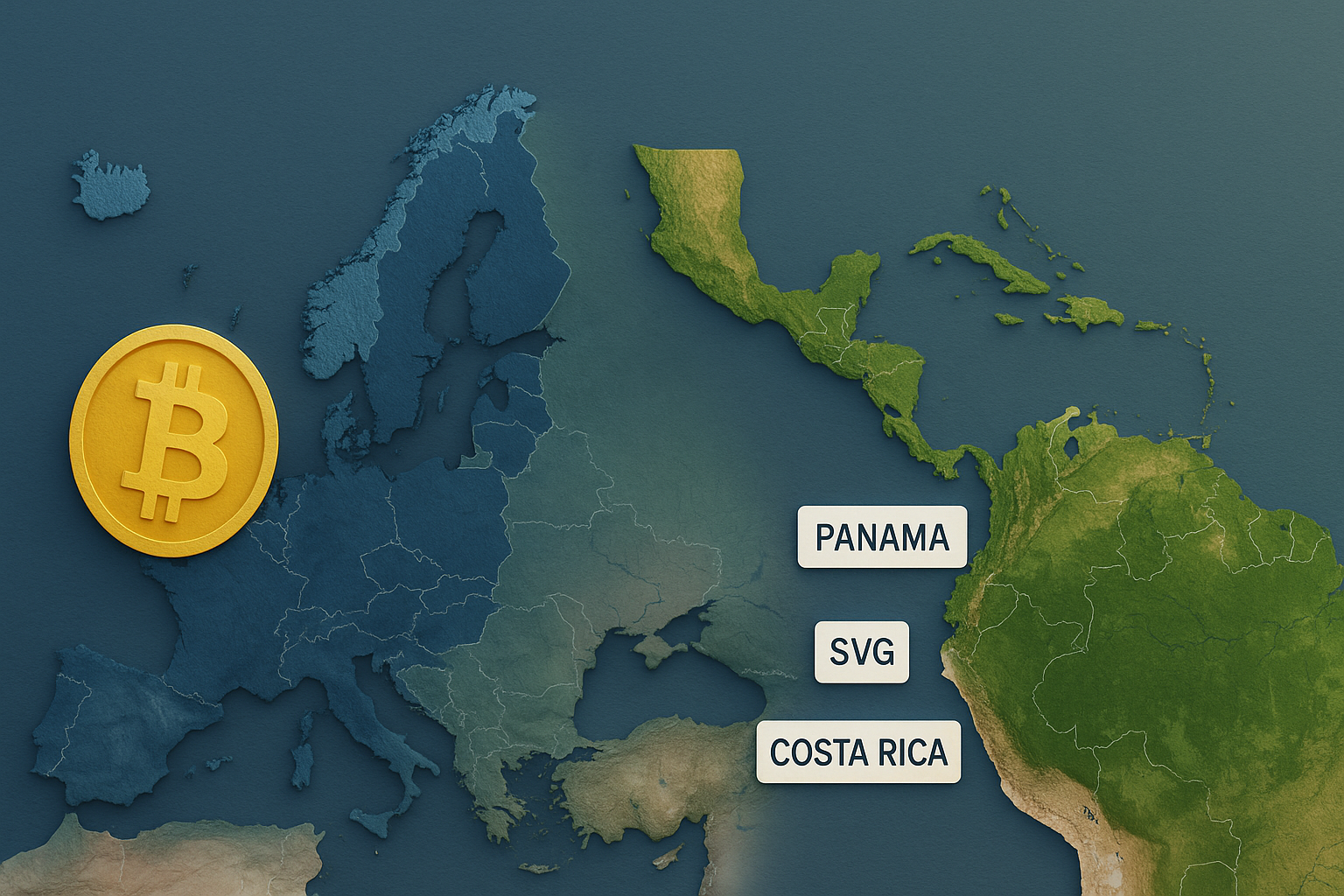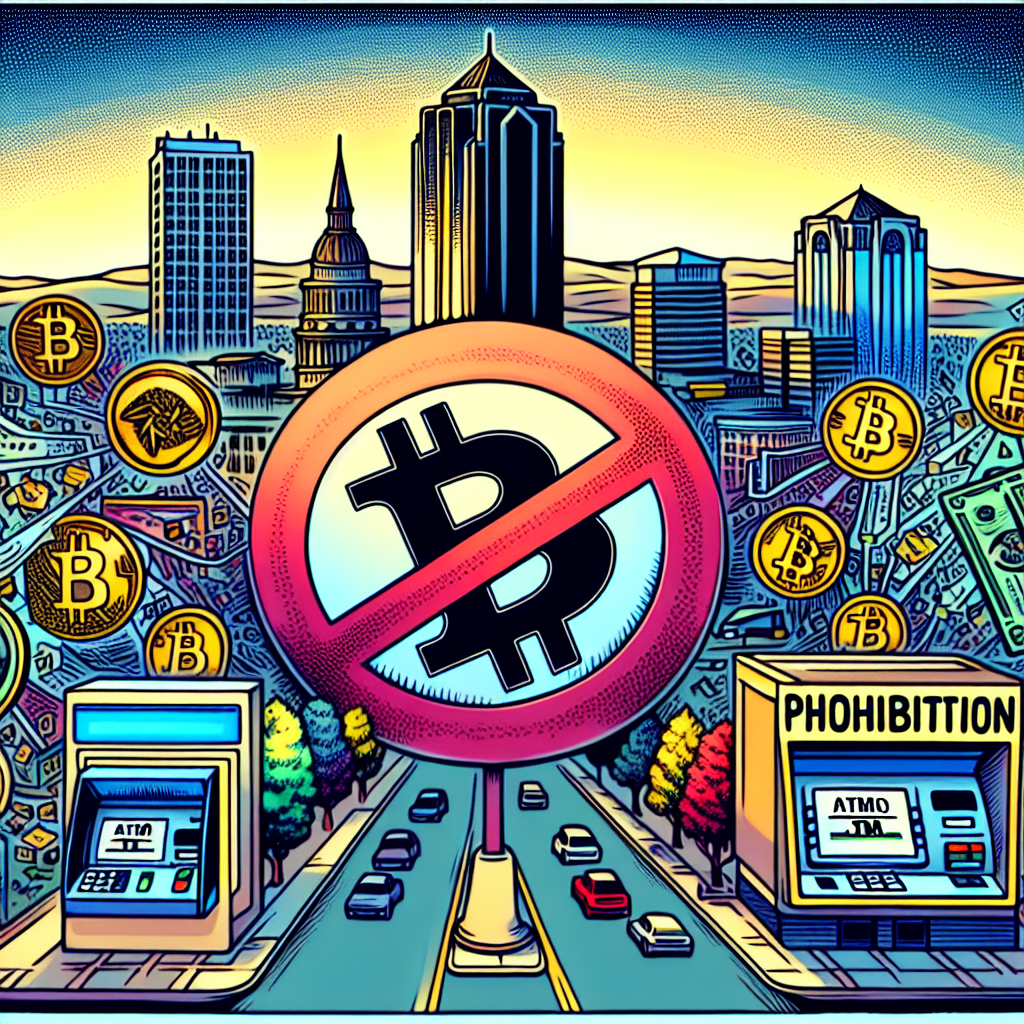The impending possibility of Tether (USDT) being banned in Europe has raised concerns in the crypto market. The proposed prohibition is due to suspicions about the token’s backing.
Tether (USDT) Faces Potential Ban in Europe
In an unexpected development, Tether (USDT), one of the most popular stablecoins in the crypto market, faces a potential ban across the European region. This news emerges amidst increasing regulatory scrutiny and concerns about the token’s transparency regarding its reserves.
Questions around Tether’s Backing
Tether (USDT) is a stablecoin that claims to be backed by USD on a 1:1 ratio. However, the veracity of this claim has been a subject of debate within the cryptosphere. Doubts about Tether’s reserves were stoked in 2019 when it was revealed that only 74% of USDT was backed by cash and equivalents, contradicting its earlier assertions of full backing. This discrepancy has led to regulatory attention and increased scrutiny of the stablecoin.
Regulators’ Concerns
The potential ban of Tether stems from regulators’ growing concerns. While most of the crypto market operates in a relatively unregulated environment, stablecoins like Tether (USDT) fall into a gray area. Given their claims of being backed by fiat currency, they are potentially liable to similar regulations and restrictions as traditional banking systems. The doubt around whether Tether holds sufficient reserves to back its supply introduces an element of risk that regulators are keen to address.
The Impact on The Crypto Market
If Tether is indeed banned in Europe, it would undoubtedly have a significant impact on the crypto market in the region. Tether (USDT) is a popular choice for traders and investors due to its price stability and high liquidity. It serves as a gateway for entering and exiting positions in other cryptocurrencies, which helps to avoid the volatility that comes with trading cryptos directly.
However, without access to Tether, participants in the European market would have to seek out alternatives. The void left by Tether could be filled by other stablecoins like USD Coin (USDC) or Binance USD (BUSD), but the shift could potentially create disruption in the short term.
Adding to the concern, the ban could potentially extend to other regions or stablecoins should it set a precedent. This is a developing scenario that can have implications for the entire global crypto market.
Final Takeaway
While the potential ban of Tether (USDT) in Europe raises alarms, it is crucial to note that this is still a developing situation. The crypto market has proven its resilience and adaptability in the face of regulatory changes before and is likely to do the same if Tether faces restrictions in Europe or elsewhere.
However, the situation underscores the need for transparency within the crypto market, particularly in terms of asset backing for stablecoins. It serves as a reminder that for these emerging economic systems to gain mainstream acceptance, they must adhere to the same standards of accountability and trust that the traditional financial sector is held to.






